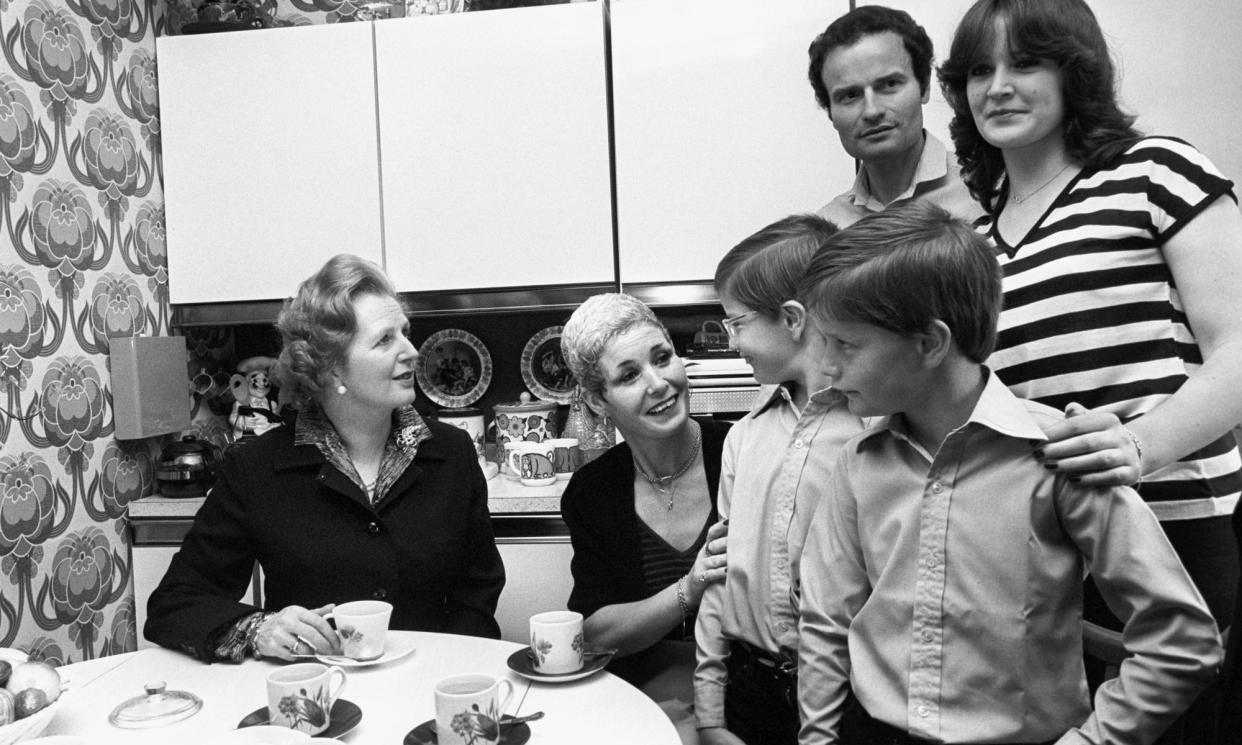Right to buy is an abuse of public funds for political ends

Margaret Thatcher’s right-to-buy policy is even more sinister than the rightly critical article by Phineas Harper sets out (Councils now sell off more houses than they build. Thatcher’s legacy, right to buy, is a failure, 26 March). Putting it bluntly, it was a brilliant way for the Conservatives to bribe a large sector of mainly Labour voters to switch.
The significant discounts offered made buying one’s council house a huge bargain. What is more, in terms of housing provision, it did not benefit the sitting tenants as much as giving a substantial gift to their children, who often provided the initial capital knowing that they would inherit the house and make a big gain on its sale or on its subsequent letting for profit.
In cities like my own, with a large stock of council houses, their councils found that right to buy was mainly taken up by those in better areas and on the fringe of more problem estates, and they were left with properties to let in more difficult areas. One direct effect was to reduce greatly the opportunity for existing tenants to obtain transfers to better or more appropriate houses for their needs, and this produced much distress and bitterness among such individuals.
The policy was a cynical and electorally successful way of abusing public funds for political ends.
Michael Meadowcroft
Former Leeds city councillor
• I was brought up at the edge of Dogsthorpe, a large council estate in Peterborough built in the 1950s to house workers in the nearby engineering factories. Council housing had one huge advantage: it allowed local authorities to decide who lived where. Applicants were placed on priority lists based on size of family and need, and houses were allocated accordingly.
The right-to-buy scheme has meant that many of those houses are now in the hands of private landlords, and what local authority housing is left is insufficient and fragmented. Had council housing still been in existence, the private rental sector would have been smaller and less significant.
Council housing allowed the state (local councils) more control over housing. That control has now largely gone, and the phrase “closing the stable door after the horse has bolted” comes to mind.
Toby Wood
Peterborough
• Keir Starmer, in refusing to scrap right to buy in England, leaves himself the option to extend it to tenants of private landlords. The houses would be sold at a discount, taking into account the original purchase price and improvements. This would lower both private rents and the prices of starter homes.
Dr Orest Mulka
Snarestone, Leicestershire
• Do you have a photograph you’d like to share with Guardian readers? If so, please click here to upload it. A selection will be published in our Readers’ best photographs galleries and in the print edition on Saturdays.

 Yahoo News
Yahoo News 
